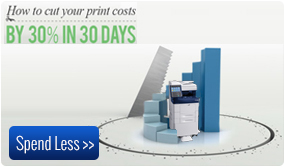By: Erin Gillard
I can still remember the first time I heard the phrase ‘information overload.’ I was about 10 years old, in elementary school, and a substitute teacher was running out of steam trying to engage the class. He was sharing his personal experiences about the challenges of living and working in the “real world.”
I was intrigued by the concept that you could actually have too much information. After all, my own experience up to that age was that knowledge was hard-earned by sitting in a school desk, studying hard and annoying adults with a barrage of questions. Would there really be a time when I could have more information coming at me than I could handle?
The answer, of course, was yes. As I got older, there were times when I felt overwhelmed by the amount of information I was receiving. I’m not alone; according to a 2016 study by Pew Research Centre, at least 20% of people have experienced information overload at some point. It makes sense – we now have all the information we can seek at the touch of our fingertips on devices we carry with us everywhere we go.
What I learned was that the very device that gave me all of this information could actually help me to process it as well. For example, using productivity apps on my work device helps me save time and do more with all of the information coming at me during a busy workday.
As the infographic below shows, empowering employees to use mobile devices to process information at work is a powerful tool to help them combat information overload. And it’s something employees want to be able to do. According to a 2014 AIIM study, 85% of employees want to be able to create, edit and manage document workflows on a mobile device.
My 10-year-old self would be proud…
Source:: xerox news










